While working for a cooperative in French Catalonia, Phillipe Gayral visited numerous small family estates, discovering the best fortified wines and grapes that populate the Roussillon in the foothills of the Pyrenees. Perhaps his greatest discovery was the personal reserves that most families kept in barrels.
Over the past 20 years, Phillipe and his wife, Sandrine, have begun purchasing these very special foudres, building the largest collection of " Vin Doux Naturels " (VDN) around the world and finally founded Muse Vintage Wines in 2005. The Gayrals are passionate and meticulous about bottling these wines on their estate, and work with the French government and regional authorities to access all relevant information for each wine they release, enabling them to precisely identify the family, origin and vintage from which the barrels come. These extremely refined fortified wines represent the region's finest wines, covering three appellations, Rivesaltes, Banyuls and Maury with vintages from 1909 to 1985. Discover in this article the presentation of some of Philippe Gayral's vintages and the interview with Neal Martin. All our wines from Philippe Gayral come directly from his own cellar.
Monastir del Camp Priory Castle
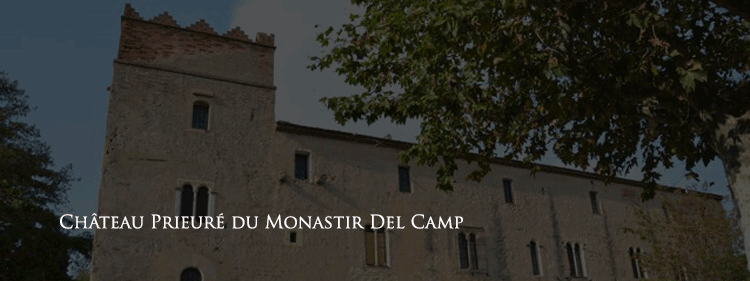
Visit Monastir del Camp Priory Castle is said to have been founded by Charlemagne in 785, when he returned with his army from the battle of Panissars against the Saracens. This is why it was originally called the "Camp Monastery". The soldiers of Charlemagne's camp were supposed to have sought out a water source and built the priory ( priory ) where they found water. The church and convent were later built between 1090 and 1116 and remain a French historic monument. In 1786, just before the French Revolution, Louis XVI sold it to the Jaubert de Passa family, who still own it today. At that time, they became involved in viticulture and became one of Roussillon's leading producers, mainly of Vins Doux Naturel.
After the Second World War, the current owner's father decided to keep some wines as "Réserve" for almost all vintages: around 5% of the harvest except for bad or hail-stricken vintages. And for this reason, the owners never rushed to sell everything, and we were lucky enough to find around 15 foudres or half-weights of different vintages from 1967 to 1945.
What makes them special is that they show a complete collection of numerous vintages from the same estate. As a result, you can analyze the influence of vintage on Vins Doux Naturels, something that cannot be done today due to such low production levels. These wines are also very characteristic of the great Vins Doux Naturel of the 1950s, a time now considered the "peak" of VdN when over 60 million liters of red VdN were sold in France alone (compared with less than a million liters today). ) At that time, middle-class French women drank them as aperitifs, while men drank pastis such as Ricard and Pernod, etc.
Château Mossé
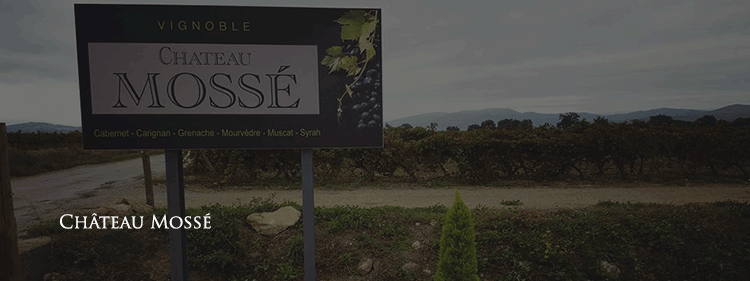
Visit Château Mossé is located in a small historic village, Sainte Colombe de la Commanderie, a former stronghold of the Templars in the 11th century, founded in 1884 by the great-grandfather of the current owner, Jacques Mossé. The "terroir" called Aspres in the foothills of Mont Canigou, the last peak of the Pyrenees before the Mediterranean, the term "aspres" means "arid" or "dry" in Catalan, it's terroir on very sunny slopes: After the First World War, George Mossé (1884 - 1964), father of the current owner, got used to not selling his entire crop, so he kept a reserve. That's why we're lucky enough to have this exceptional vertical (1931-1935) and a few vintages from the 40s and 60s in the cellar, still in oak.
Dark red color with pleasant highlights. The nose is marked by harmonious fruity notes, in particular aromas of ripe fruit. On the palate, the cuvée is fresh and delectably smooth. The cuvée gives a pleasant finish with pleasantly melted tannins."
Riveyrac
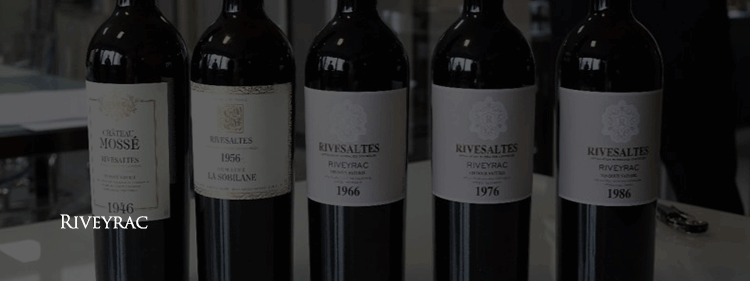
Visit domaine de Riveyrac is an estate in Salses-le-Château that was created in January 1909. The project was spearheaded by 8 local winegrowers, who joined forces to revive the craze in the face of the wine crisis. They are located about 15 km from Perpignan, and the Riveyrac cellars are set below the superb fortress of Salses.
Between 1919 and 1939, the winegrowers of Riveyrac decided to specialize in red vins doux naturels. The appellation Rivesaltes on their precious bottles. Meanwhile, the French wine market is in full bloom. Sales are on the increase, with greater growth every year. These are great wines for laying down. They have spent many years in foudres for maturation, then in demi-muids and barrels for over 10 years. These wines are then sold in barrels to the richest local merchants. And yet, many barrels have kept these wines for a long time, especially from the 1960s onwards. During this period, sales declined. Most winegrowers decided to keep their wines in barrels for future sales when the weather improved. And therein lies the magic of these bottles. Rare bottles of old vintages that were bottled in the 2010s can still be found today. These are real jewels, treasures that have stood the test of time. Grenache noir is the majority grape variety in Riveyrac.
Domaine Casenobe
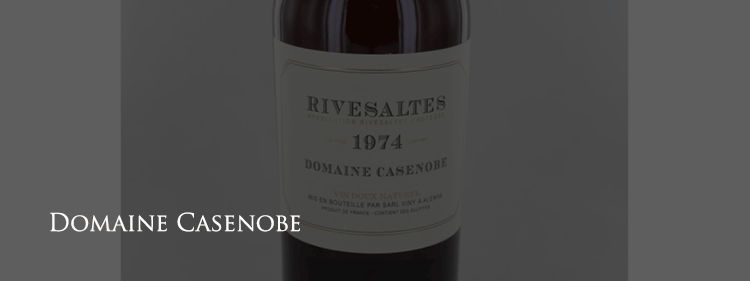
The fine wines of Domaine Casenobe A Grand Cru d'Artisan, renowned for its exceptional flavors. This AOC Rivesaltes is vinified with respect for nature, using mainly traditional techniques. Traditional mutage is used here. The main grape variety is Grenache. A superb terroir in a Mediterranean climate with very fertile, predominantly clay-limestone soils.
Domaine de La Sobilane
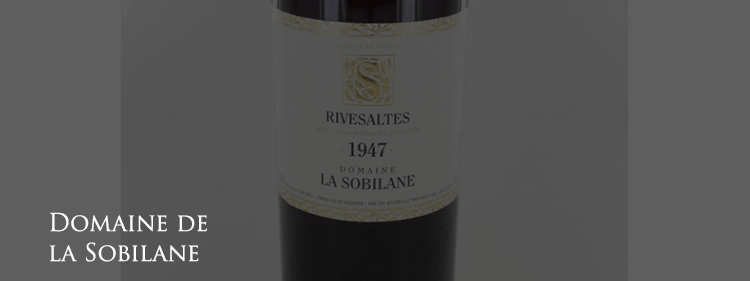
The Sobilane estate was particularly active in the 20th century. This wine estate is located in Perpignan and is part of the archipelago of wine-producing communes known as Perpignan Méditerranée. It is currently owned by Mauricette Daniel.
Situated in the heart of the Roussillon region, within the Rivesaltes appellation, the Sobilane vineyard produces, among other things, excellent natural sweet wines. Its terroir is based on a granitic and gneissic bedrock with clay-limestone soils and variations of brown and black schist. The Sobilane grape varieties benefit from the Languedoc's Mediterranean climate, with very hot, dry summers, mild springs and autumns (with a few morning frosts in April), and mild winters. With very little annual rainfall, this region is ideal for growing vines.
The know-how of its former winemakers is reflected in the old vintage wines of Domaine de la Sobilane, many of which date back to the end of the Second World War. Such is the case with its 1954 Rivesaltes appellation wine, now unobtainable.
Château Sisqueille
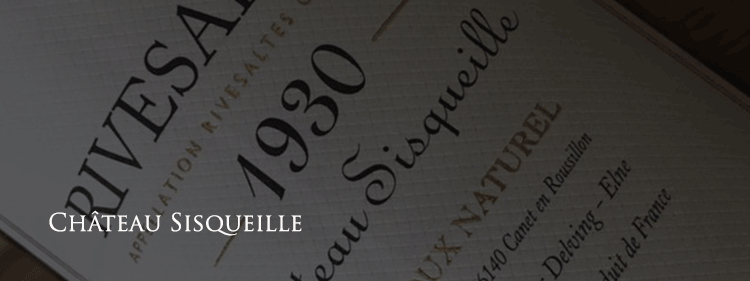
Visit Château Sisqueille is located in Canet-en-Roussillon. The Château has been owned by the Sisqueille family since 1873. It is a highly reputed wine estate, known for its large collection of old vintages. There are 130 ha of vines. Terroirs with clay-limestone and sandy soils. The current owner is Marie Sisqueille.
Château Sisqueille wines have long been appreciated! It was at the World War I that the château became known and appreciated worldwide. It was one of the world's most impressive wine producers between 1914 and 1960. Their wines under the Rivesaltes appellation are the most famous of all their cuvées. The barrels are kept in the family cellars. There are 3 main grape varieties here: Grenache noir, rose or gris and blanc.
Neal Martin talks about Philippe Gayral
"Vin Doux Naturel de France is definitely one of those wine categories that have struggled in recent years. I suspect that many wine lovers, myself included, have simply forgotten the delights of a great Vin Doux Naturel and in particular the regions 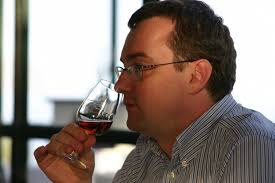 Roussillon classics - Banyuls, Rivesaltes and Maury.
Roussillon classics - Banyuls, Rivesaltes and Maury.
Fortunately, there is one passionate man, Philippe Gayral, who is on a mission to save these famous wines from extinction. From my point of view, I absolutely love the concept of VdN and it's sad to think that today there's neither the patience nor the financial incentive to continue producing them. But every now and then an old Banyuls, Rivesaltes or Maury comes along and what do you expect - everyone instantly falls in love, whether expert or novice. This desire has to be translated into regular sales - not an easy thing. From my point of view, the best VdNs tend to come from the 1940s and 1950s, although I've come across much older examples that have miraculously defied the test of time. I find the Rivesaltes style harder to pin down than Banyuls or Maury. This is partly because of the "gallimaufry" of the red, gray and white grapes, and partly because oxidation, over many years, creates a random and unpredictable process. But I like the idea of a vin doux naturel which takes its own unexplored course. Some opt to become sensual, viscous and fruitier, perhaps a distant cousin of a Colheita port with a little less alcohol. Others choose to become drier and embrace oxidative elements, paler with powerful nutty/smoky notes, not unlike the delicious Verdelho Madeira."
Interview with Philippe Gayral
Can you describe the difference in style between Rivesaltes and Banyuls? Can you explain the different production methods in simple terms?
"Banyuls and Maury are 100% grenache noir and were traditionally made by a large number of small producers. 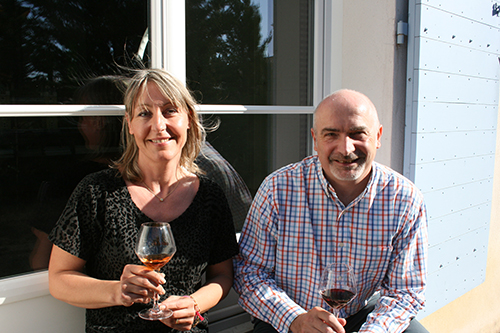 . The wines tend to be more concentrated, stronger, with more persistence and freshness due to the acidity. In comparison, Rivesaltes was produced by large vineyards and cooperatives with many employees. Wines were "blended" and vineyards more "complete", meaning that different varieties of red, gray and white grapes of different ages could be found in the same plot. The best Rivesaltes are much more complex than Banyuls or Maury. You'll also find very different wine profiles according to terroir and winemaker, while Banyuls and Maury tend to have similar profiles.
. The wines tend to be more concentrated, stronger, with more persistence and freshness due to the acidity. In comparison, Rivesaltes was produced by large vineyards and cooperatives with many employees. Wines were "blended" and vineyards more "complete", meaning that different varieties of red, gray and white grapes of different ages could be found in the same plot. The best Rivesaltes are much more complex than Banyuls or Maury. You'll also find very different wine profiles according to terroir and winemaker, while Banyuls and Maury tend to have similar profiles.
In terms of production methods, and we're talking pre-1985 here, you could say that Banyuls and Maury are more artisanal, with hand harvesting supervised by non-professional winemakers like doctors, letter carriers and fishermen. They would do their vocation from Monday to Friday and become winemakers for the weekend! Rivesaltes has richer vineyards working for the major VdN brands of the mid-20th century: Vabé, Manor, Rapha, Bartissol, Dauré. About the mutage process, I think you know it's similar to Port, except that it's pure alcohol (96°) and slightly fortified."
What's the best age for Rivesaltes and Banyuls? Of course, it depends on the vintage, but would you say that a 50-60 year old VdN is usually at its best in a good vintage?
"Yes, I think you're right: the must is around 50 years, but some can wait much longer. When they were crazy, with the special glass aging process cylinders to In the past, these wines were almost impossible to drink before a decade or so. They need around 20 years for Rivesaltes and 30 years for Banyuls and Maury to soften the tannins. Before that time, they often taste too young, strong and warm. After that, they don't change as much in barrel or bottle and can last for decades."
How should you drink VdN: always at the end of a meal and with what food, or on its own?
"Yes, at the end of the meal seems the best way: with many cheeses including Stilton, with many desserts, including Christmas wine pudding and " chocolate cake " with a cigar or on its own. In Asia, some of our customers suggest serving our Rivesaltes wines with spicy or sweet-and-sour dishes with lemon, ginger."
Natural sweet wines

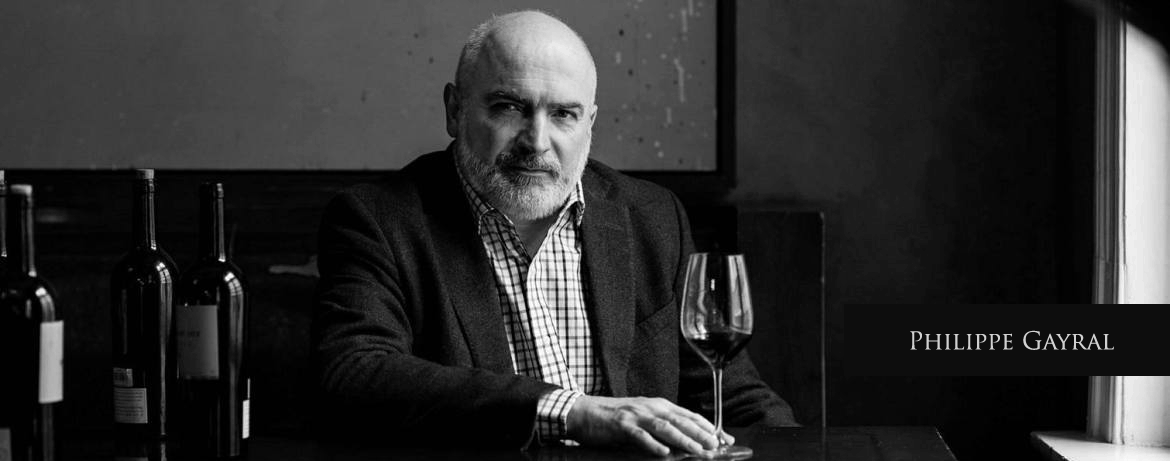
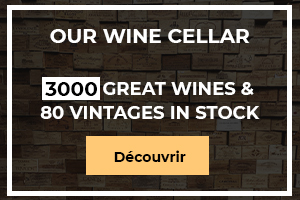
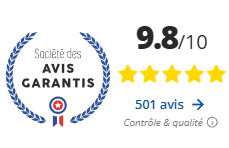
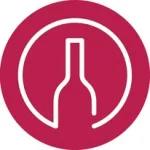
![📦 New treasures![LINK IN BIO]Our cellar doors open this month to welcome two exceptional new estates to Comptoir des Millésimes 🍷.🔸 Boris Champy - A committed pioneer of biodynamic Hautes-Côtes de Beaune, who sublimates high altitude terroirs with finesse and precision.🔸 Domaine des Bosquets - A Gigondas nugget! Balance, power and elegance in every bottle, signed Julien Brechet..🎉 Find them now on our site and let yourself be tempted by the superb 100% allocations in stock. Delivery in 24h in France. #comptoirdesmillesimes #vin #vinsrares #bourgogne #gigondas #vignerons #nouveautesvin #wineaddict #borischampy #domainedesbosquets #wineloversofinstagram #winelovers #burgundy #winetasting #frenchwine](https://www.comptoirdesmillesimes.com/blog/wp-content/plugins/instagram-feed/img/placeholder.png)